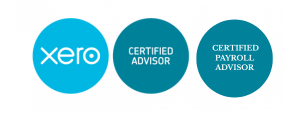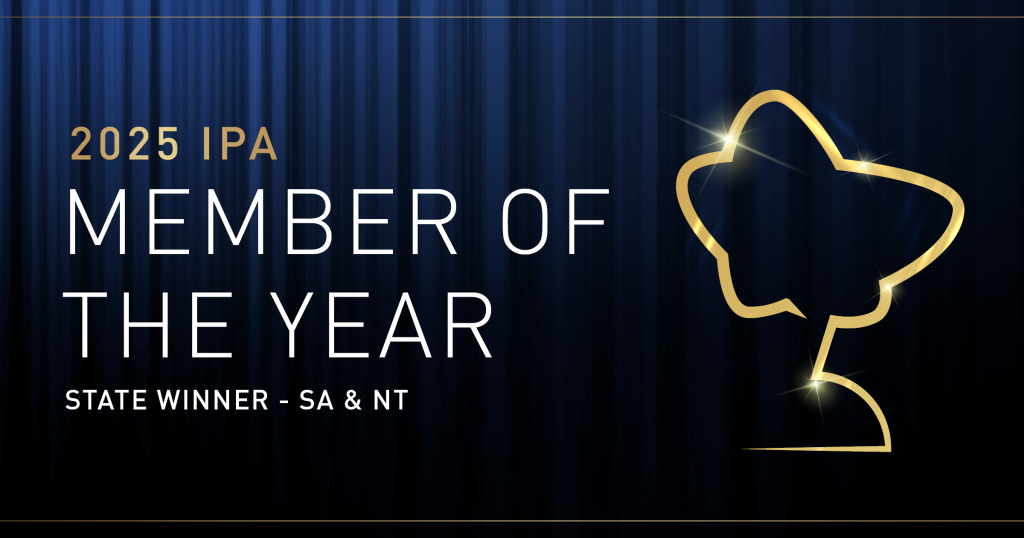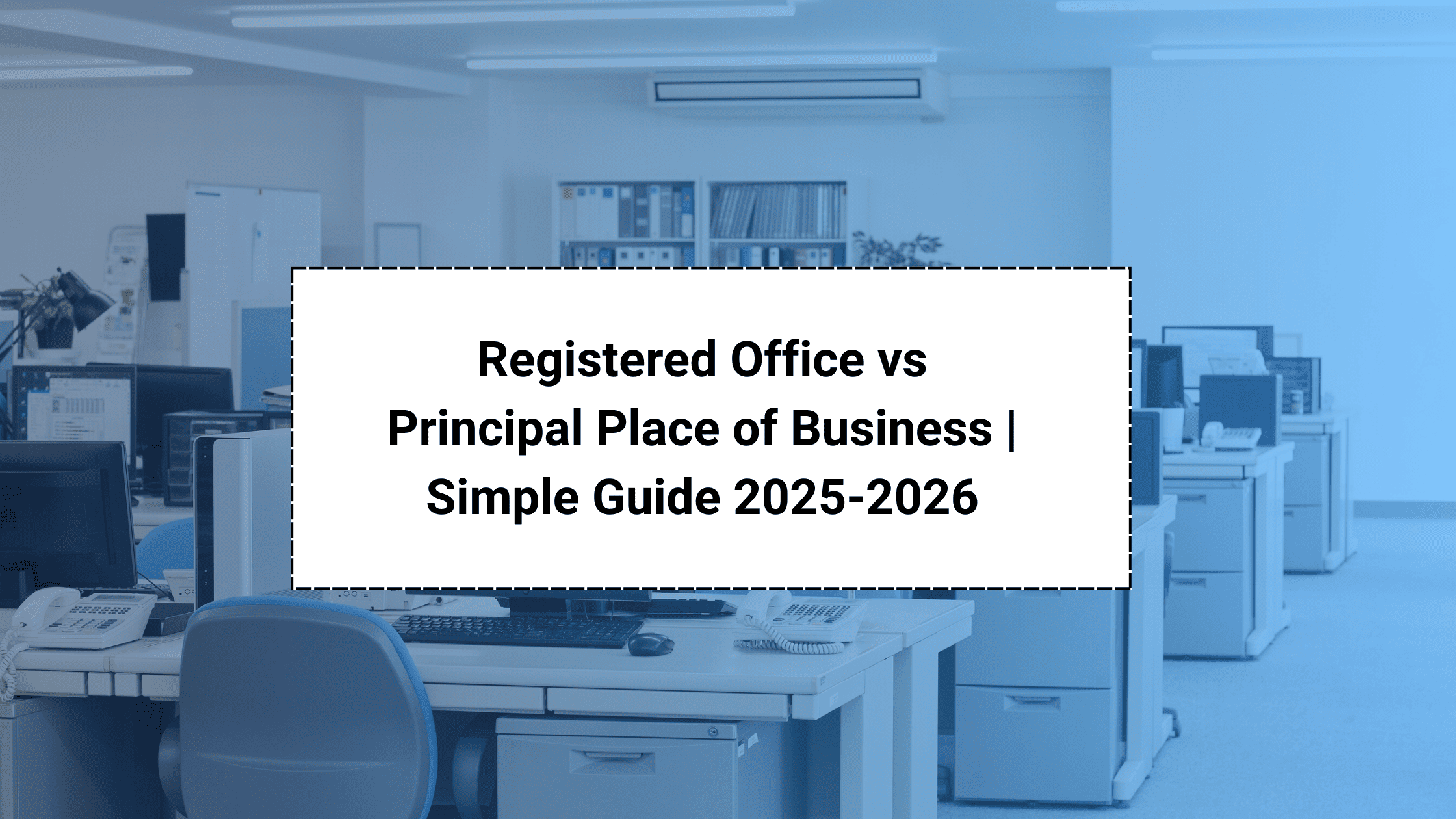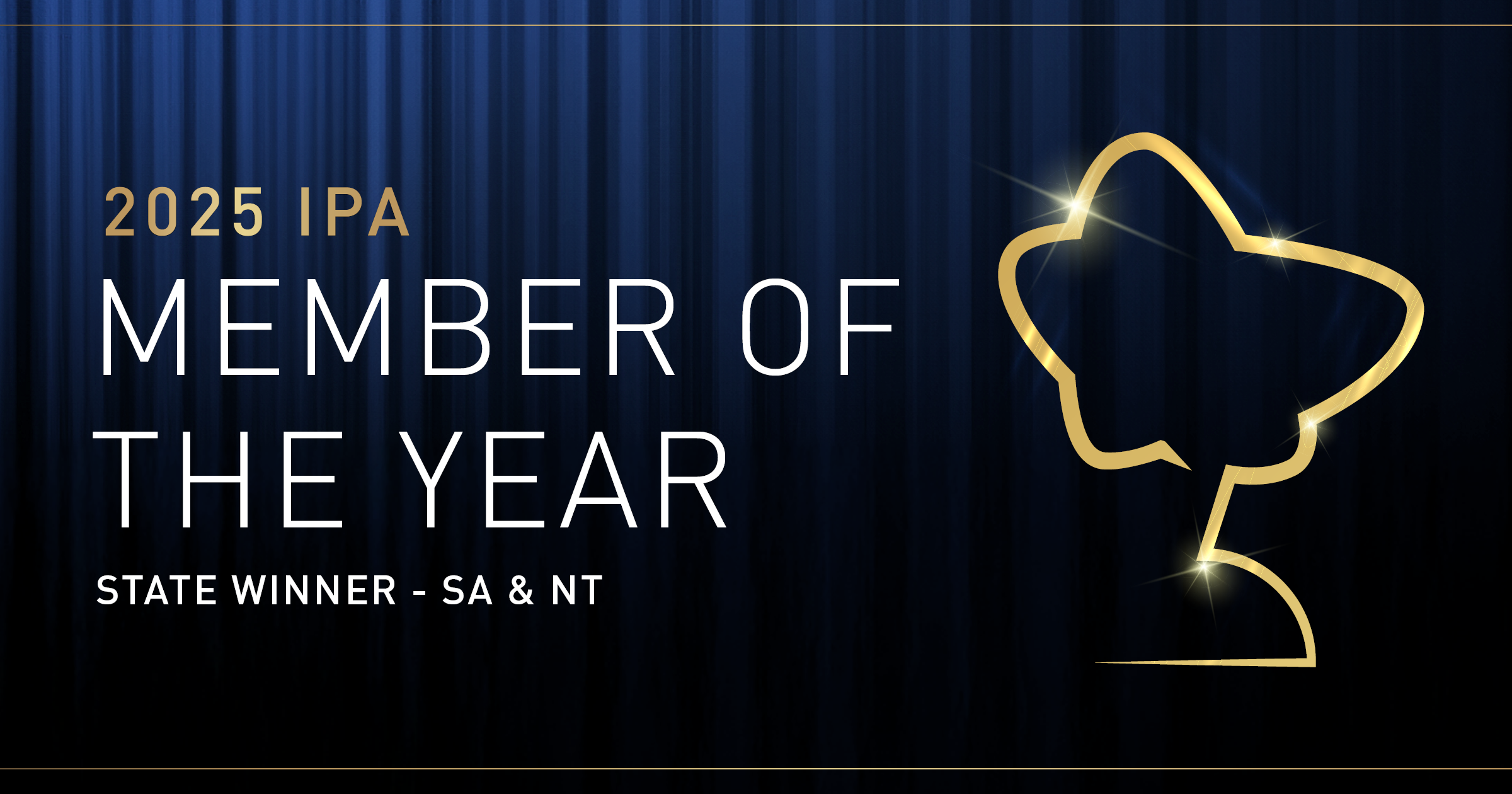One of the key decisions you’ll make when starting a business is the type of legal structure. Not only will it impact your tax liabilities, it will also determine personal liability and potential risks on your assets. In addition, your business structure will affect your ability to raise capital as well as the volume of required paperwork and the ongoing costs of the business. Basically, your choice of business structure will depend on the size and type of business, and how much you plan to grow the business. When deciding on your business structure, you should opt for the one that best suits your business needs, keeping in mind the different implications and liabilities.
Types of company structures
Here are the four main business structures commonly used by small businesses in Australia.
1. Sole trader
This is the most common form of business organization. It is a relatively inexpensive business structure and the simplest that you can choose when starting a business in Australia. It’s easy to run and offers you complete managerial control to the owner. However, as the owner, you will be legally responsible for all aspects of the business and personally liable for all financial obligations including any debts and losses.
The business entity doesn’t require a separate Tax File Number (TFN) or bank account and any losses incurred by the business may be offset by your wages or investments. Unless you have employees, sole traders are not obligated to pay payroll tax or superannuation on the income they earn from the business. You can choose to make voluntary superannuation contributions to yourself though, to help you build up your superannuation.
A sole trader is a great business structure for startup and it’s relatively easy to change when the business expands.
2. Partnership
A partnership involves two or more people or entities running a business together and sharing in the profits or losses of the business. It’s a good option to consider if you are looking to jointly run the business with another person or a number of people. Partnerships give you shared control and management of the business and each partner is liable for the financial obligations of the business.
Profits or losses are passed through to partners and are accounted for in their individual income tax returns. The partnership does not bear the tax burden of profits or the benefit of losses and as such, requires a separate Tax File Number (TFN). However, the structure requires a partnership tax return to be lodged with the Australian Taxation Office (ATO) each year.
Partnerships are governed by the Partnership Act in your state or territory as well as the relevant regulations and you must be registered for GST if the annual income turnover is $75,000 or more.
3. Company
A company is a legal entity separate from the founders or shareholders created to conduct business and handle the responsibilities of an organization. The business structure is more complex than sole proprietorship and partnerships and usually has higher administrative costs. Although the business is owned by shareholders, business operations are controlled by directors.
The business entity has limited liability and is individually taxed and is both legally and financially liable for its actions. This means the company can incur debt, sue and be sued. Generally, the money the business earns belongs to the company and as such the company should lodge an annual tax return with the ATO.
Additionally, if the company’s potential annual turnover is $75,000 or more, you should ensure you register the company for Goods and Services tax (GST). In Australia, you can register a company with the Australian Securities and Investments Commission (ASIC).
4. Discretionary Trust
A Trust is an entity that holds property or income for the benefit of others. The trustee is obliged to hold property or assets for the benefit of others, known as beneficiaries.
The trustee is required to undertake formal yearly administrative tasks. As the trustee, you are legally responsible for its operations.
Selecting the right business structure
When making a decision about the type of business to form, there are a number of things you need to consider.
1. Financial and legal liability
Consider the extent to which you will be insulated from legal and financial liabilities. While a company gives you indemnity from financial loss and protects your personal assets, sole proprietorship or partnership doesn’t.
2. Tax implications
The right business structure can allow you to take advantage of government taxation policies and reduce costs. In Australia, companies enjoy more tax relief options compared to sole traders or partnerships.
3. Benefits
The administrative needs of companies can be financially demanding. Unless you’re benefiting from tax cuts or protection from liabilities, you don’t have to burden yourself with the paperwork and reporting required in companies.
Flexibility and future readiness
A good business structure ought to be flexible and easy to restructure should the need arise. It should also take into consideration where the business might be in 5 – 10 years. For instance, it should provide protection from unfortunate events such as death. Sole proprietorships and partnerships tend to destabilize after the death of its owner but companies can be easily sustained.
What business structure should I opt for
Your business structure will influence everything including the day-to-day operations of the business. You should choose a business structure that gives you the right balance of legal protections and benefits. Don’t take the decision lightly, and ensure you make an informed choice taking into consideration both your business needs and personal circumstances. If in doubt about your choice, consider seeking expert advice. We are professional accountants and expert in helping setting up company in Australia. We can answer all your questions and help you avoid the loopholes including legal, financial and tax issues. Our Team at AMA Accountants is ready to help. Reach out to us if you want to set up a company.






















